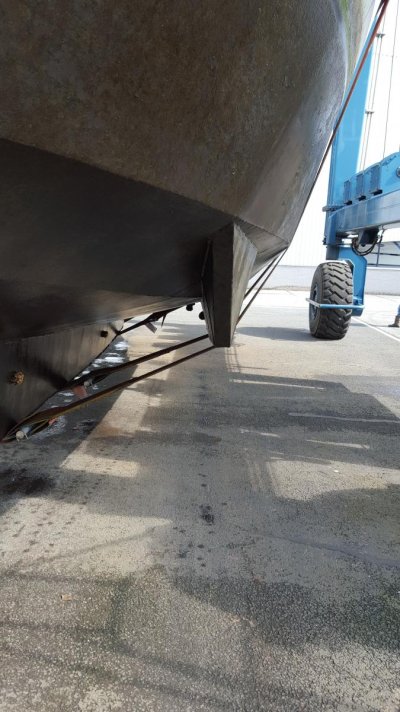Lou_tribal
Guru
Hello fellow TFers,
Reading another post about keel cooling I was wondering what are the pros and cons about keel cooling and raw water cooling.
I am not a pro so information for my education will be welcomed.
At first sight I can see for keel cooling:
Pro: no raw (salty) water ingress so less corrosion
Cons: hot exhaust going through the whole boat. Noisier?
And for raw water cooling the exact opposite.
Anyone to jump in and elaborate a bit more on the subject?
L
Reading another post about keel cooling I was wondering what are the pros and cons about keel cooling and raw water cooling.
I am not a pro so information for my education will be welcomed.
At first sight I can see for keel cooling:
Pro: no raw (salty) water ingress so less corrosion
Cons: hot exhaust going through the whole boat. Noisier?
And for raw water cooling the exact opposite.
Anyone to jump in and elaborate a bit more on the subject?
L

